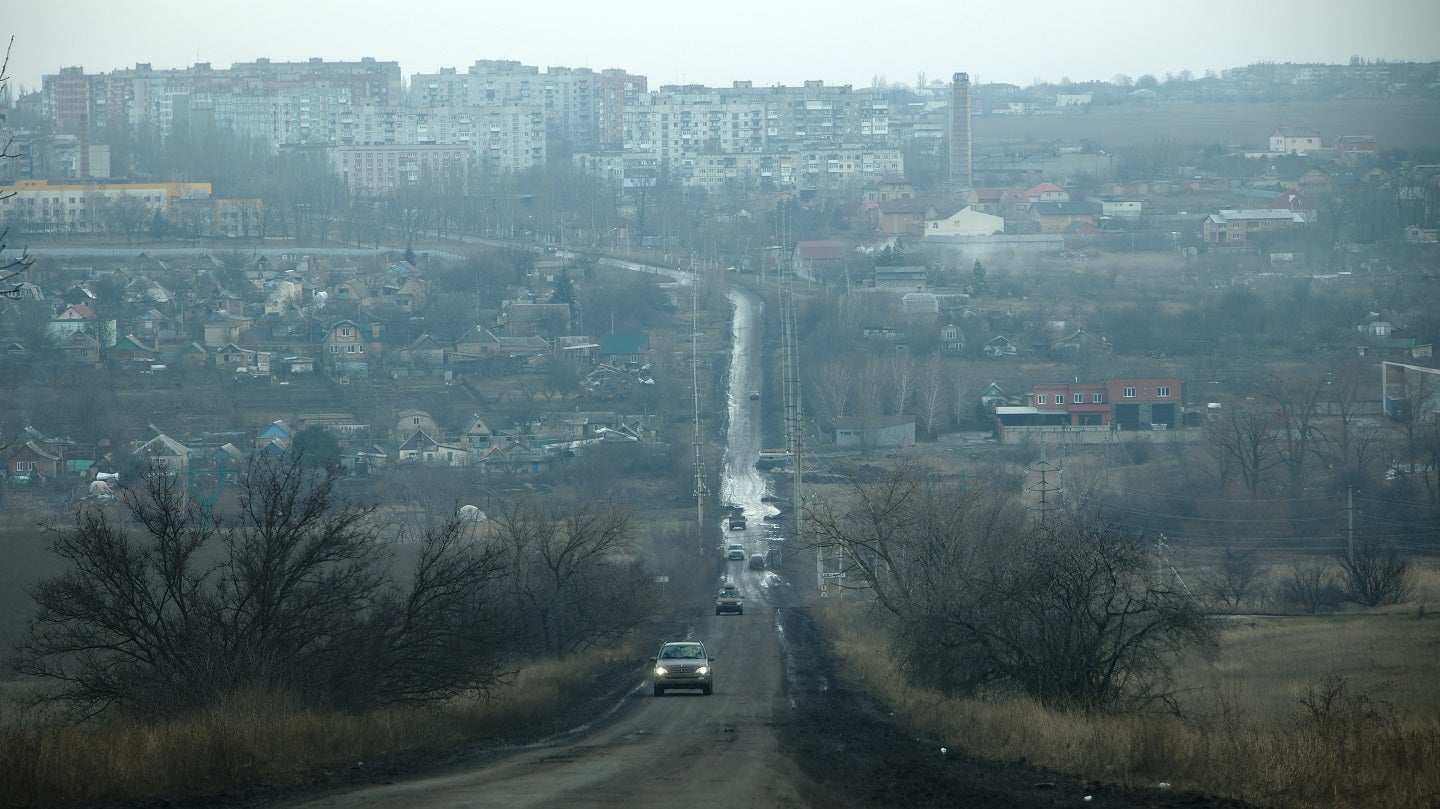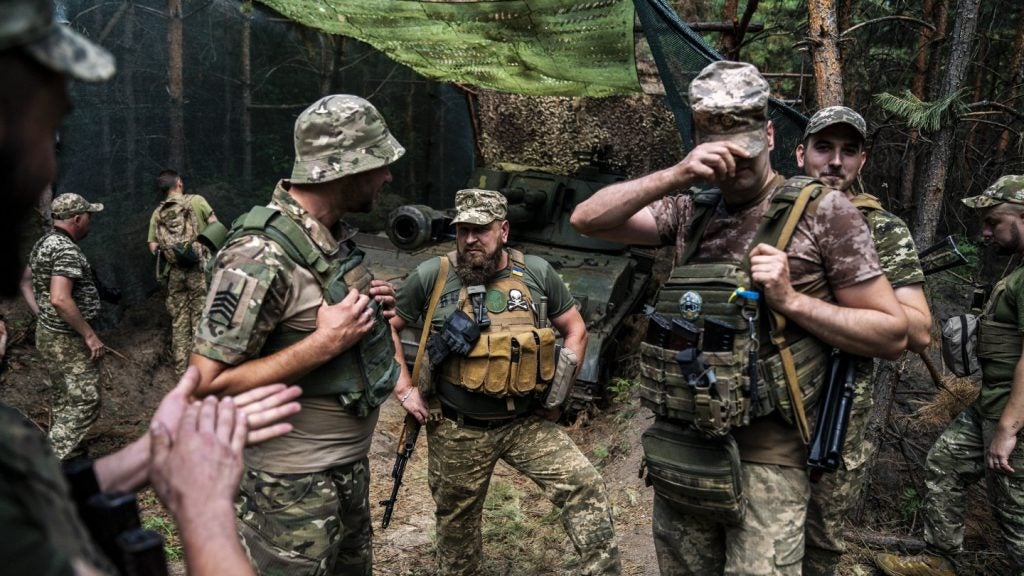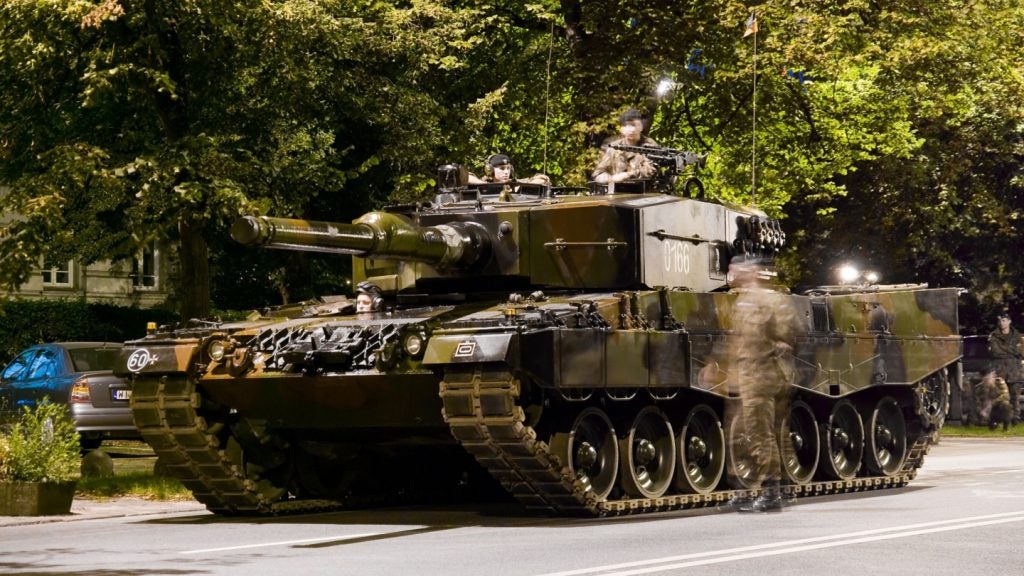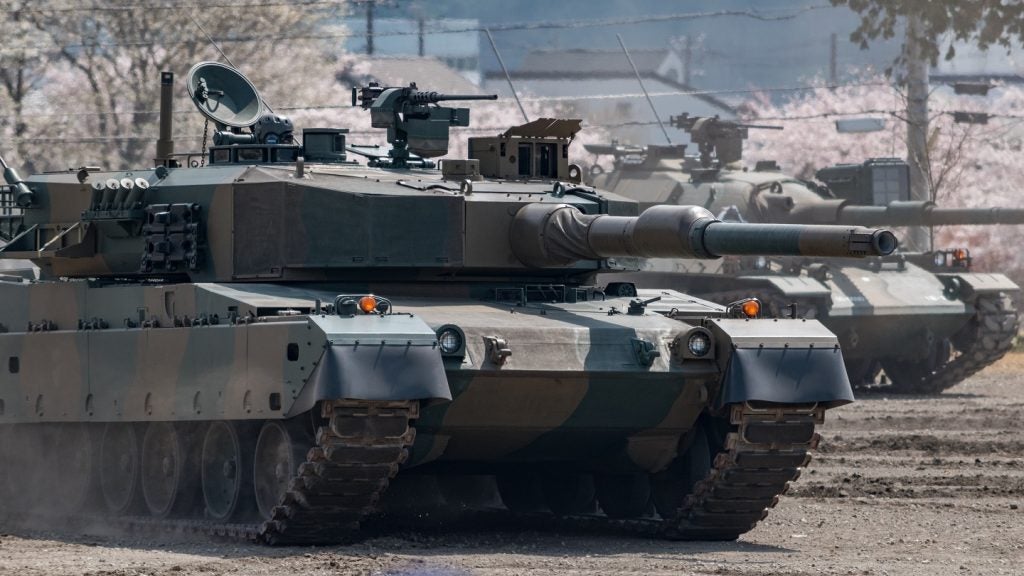
As Ukraine’s military continues its preparation of a long-awaited counter offensive, Russian own forces will similarly be marshalling their strength, although, potentially, little in the way of reserves, to defend the push when it happens.
Around 200,000 Russian military personnel are currently in Ukraine, positioned along a more than 1000km frontline that has seen little movement since the end of 2022 and the onset of winter. Defences have become static and literally entrenched, like warfare from a bygone era.
How well do you really know your competitors?
Access the most comprehensive Company Profiles on the market, powered by GlobalData. Save hours of research. Gain competitive edge.

Thank you!
Your download email will arrive shortly
Not ready to buy yet? Download a free sample
We are confident about the unique quality of our Company Profiles. However, we want you to make the most beneficial decision for your business, so we offer a free sample that you can download by submitting the below form
By GlobalDataOver the weekend of 20-21 May, Yevgeny Prigozhin, head of the Russian private military contractor Wagner, stated that his forces had succeeded in taking Bakhmut in Ukraine’s east, after months of fighting over the town and thousands of military casualties on both sides. Ukraine, for its part, has denied that Bakhmut had been taken by Russia.
Pirgozhin recently embarked on the latest round of criticism against Russian generals in command of the offensive in Ukraine, blaming them for a lack of ammunition that he felt was hampering his force’s operations in Bakhmut. In the recorded outburst on 5 May, recorded in a Wagner casualty clearing station with dozens of bodies in military fatigues apparently killed in action, Prigozhin lambasted Russian Defence Minister Sergei Shoigu and Chief of General Staff Valery Gerasimov for their failures in supporting Wagner’s operations in Bakhmut.
Western officials, speaking prior to Russia’s claims to have taken Bakhmut over the weekend, told Army Technology that Wagner was potentially preparing to partly draw down from the town to recover and reequip. Regarding Prigozhin’s outbursts, the official said they indicated the “feuding and dysfunction” between Wagner and the Russian Army general staff was “real”.
On Russian defensive efforts to secure the frontline ahead of the expected Ukrainian counter-offensive, western officials stated that “extensive” minefields were a key obstacle for Ukraine’s forces, which if broken through would have a significant impact on the war, 15 months after Russia’s large-scale invasion in February last year.
However, a potential weakness for Russia’s defensive position was in the lack of mobilised reserves, units used to plug gaps and move to areas of particular threat or importance.
Latest US-Ukraine military aid package
On 21 May the US announced the details of the 38th drawdown of equipment from Department of Defense (DoD) inventories to Ukraine since August 2021, following a meeting between US president Joe Biden and Ukraine’s President Volodymyr Zelenskyy in Japan at the G7 meeting.
The package included included additional ammunition for US-provided HIMARS,105mm and 155mm artillery rounds, Tube-launched, Optically tracked, Wire-guided (TOW) missiles, Javelin and AT-4 anti-armour systems.
Key among the package was the inclusion of armoured bridging systems, armoured medical treatment vehicles, and trucks and trailer to transport heavy equipment, all key battlefield enablers that would be crucial for any Ukrainian counter-offensive against Russia. The package was valued at $375m, with the total US aid to Ukraine standing at more than $38bn.








